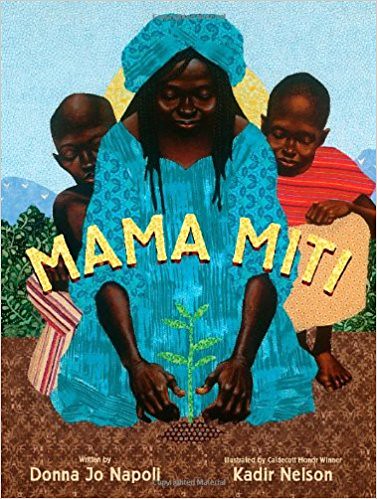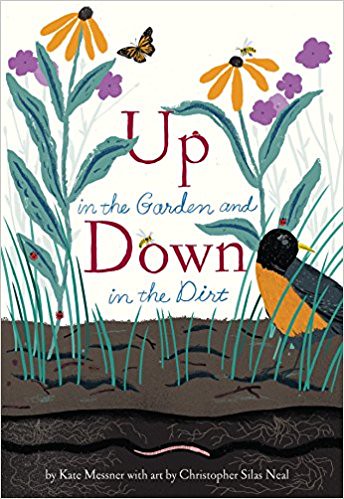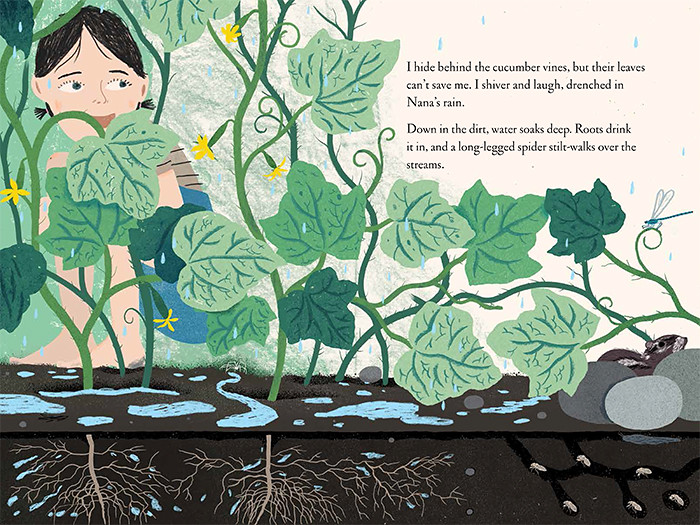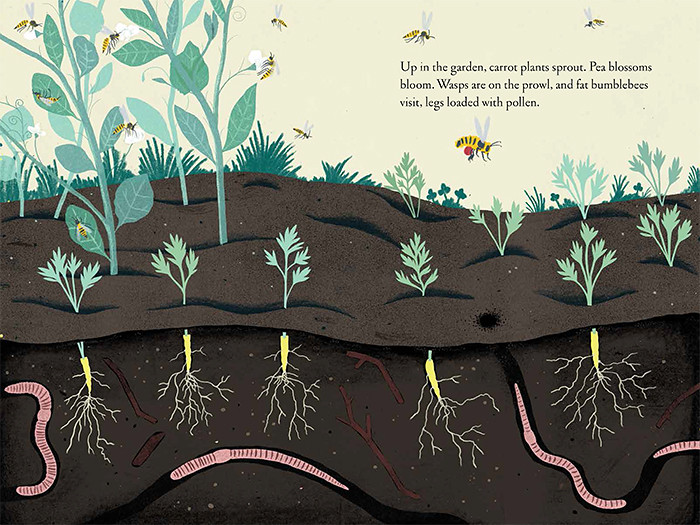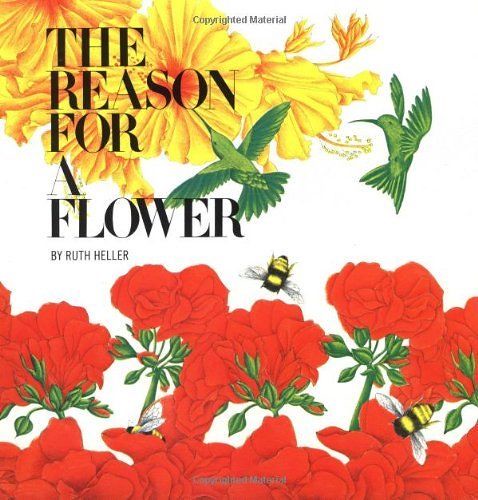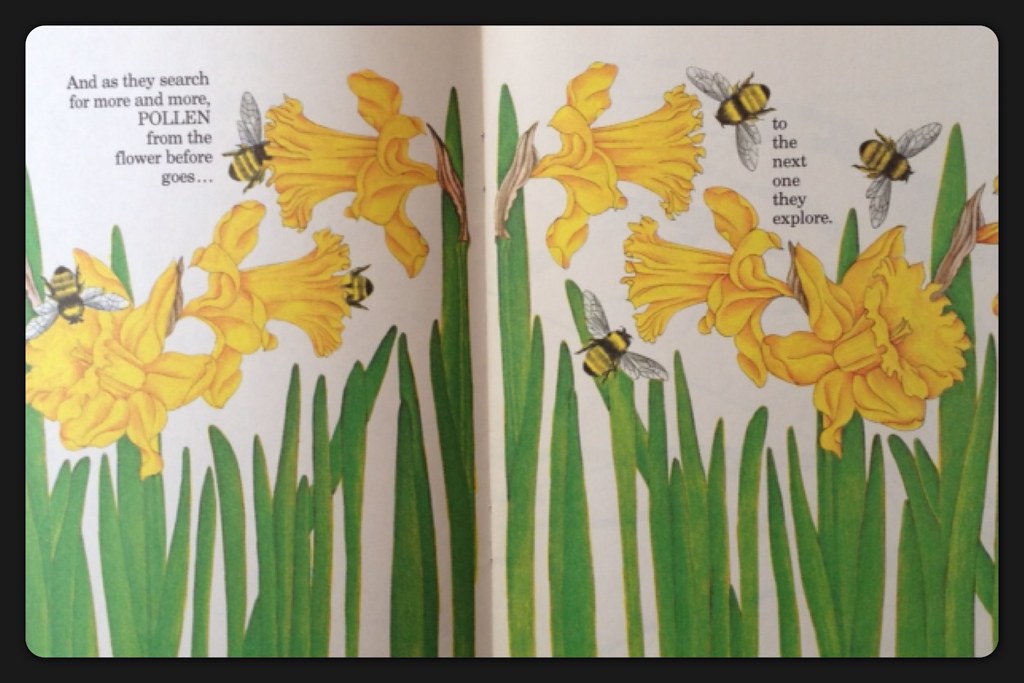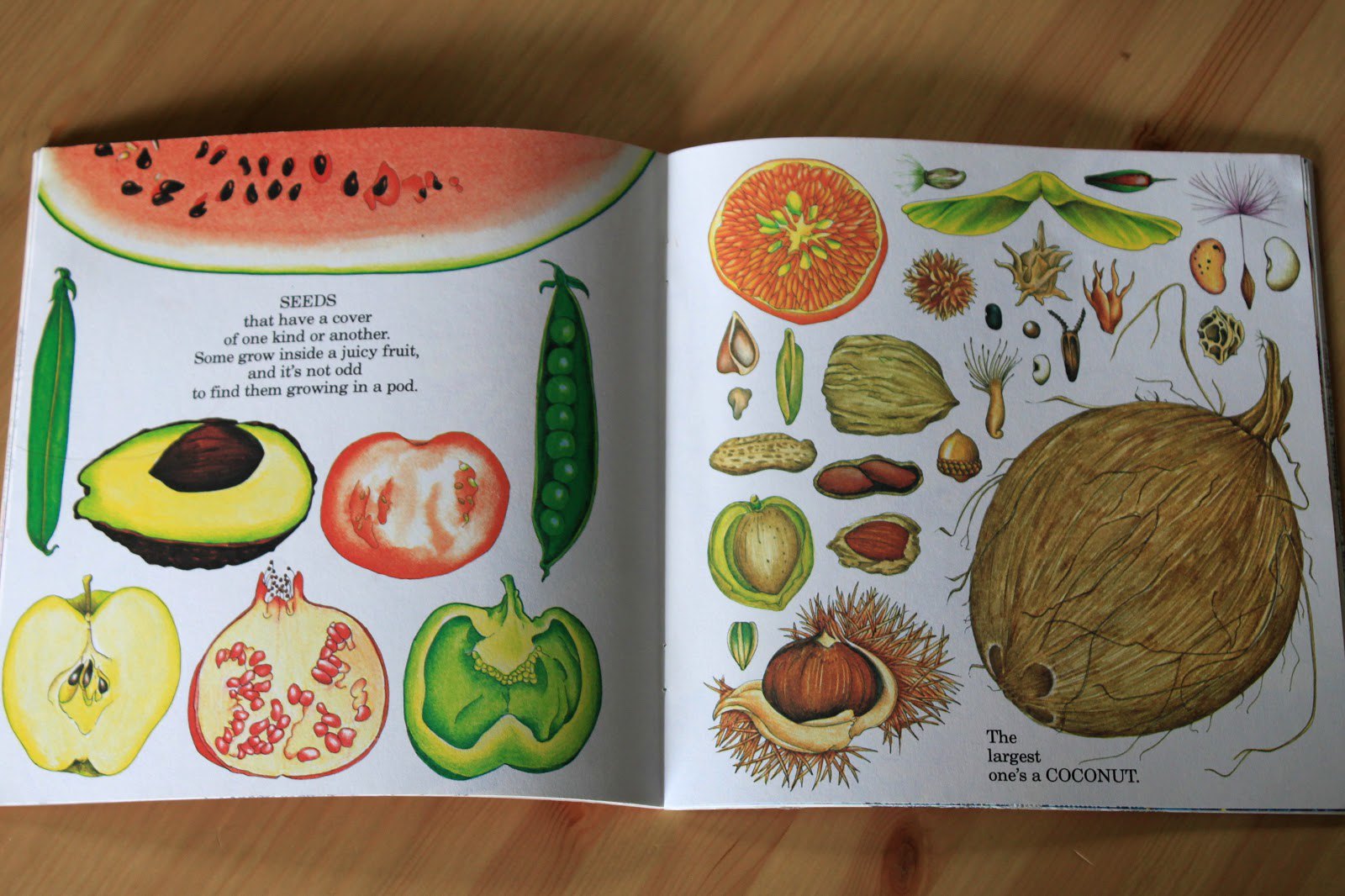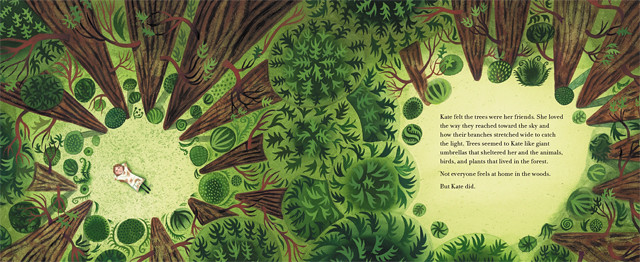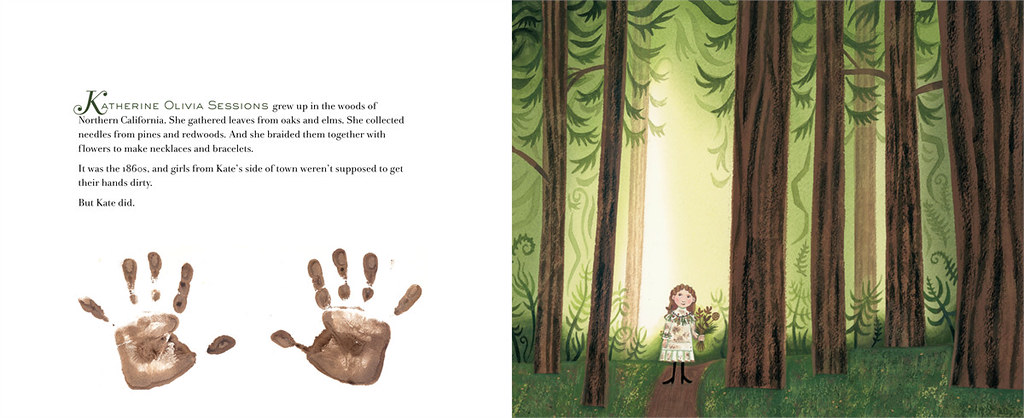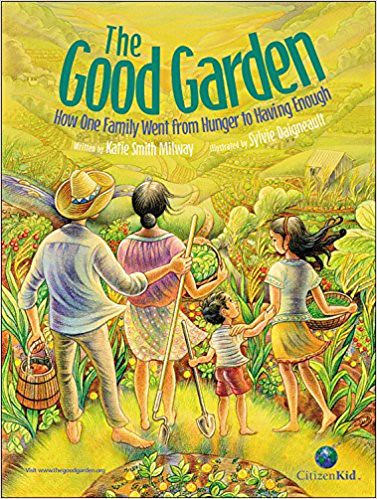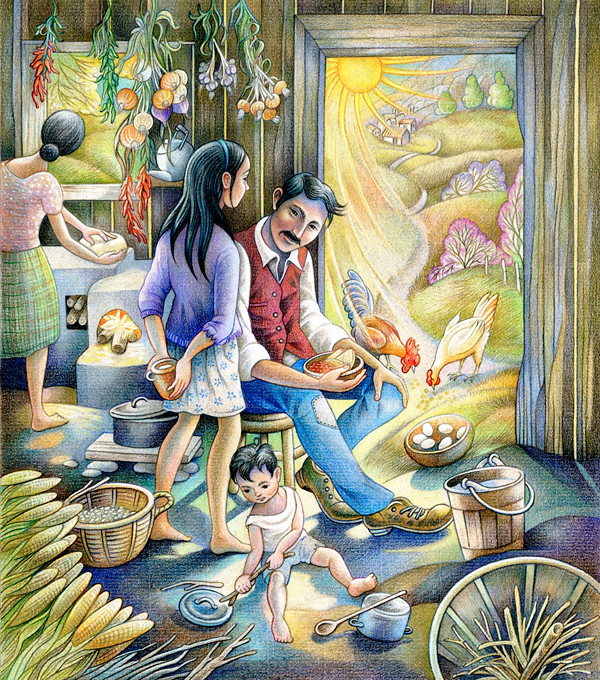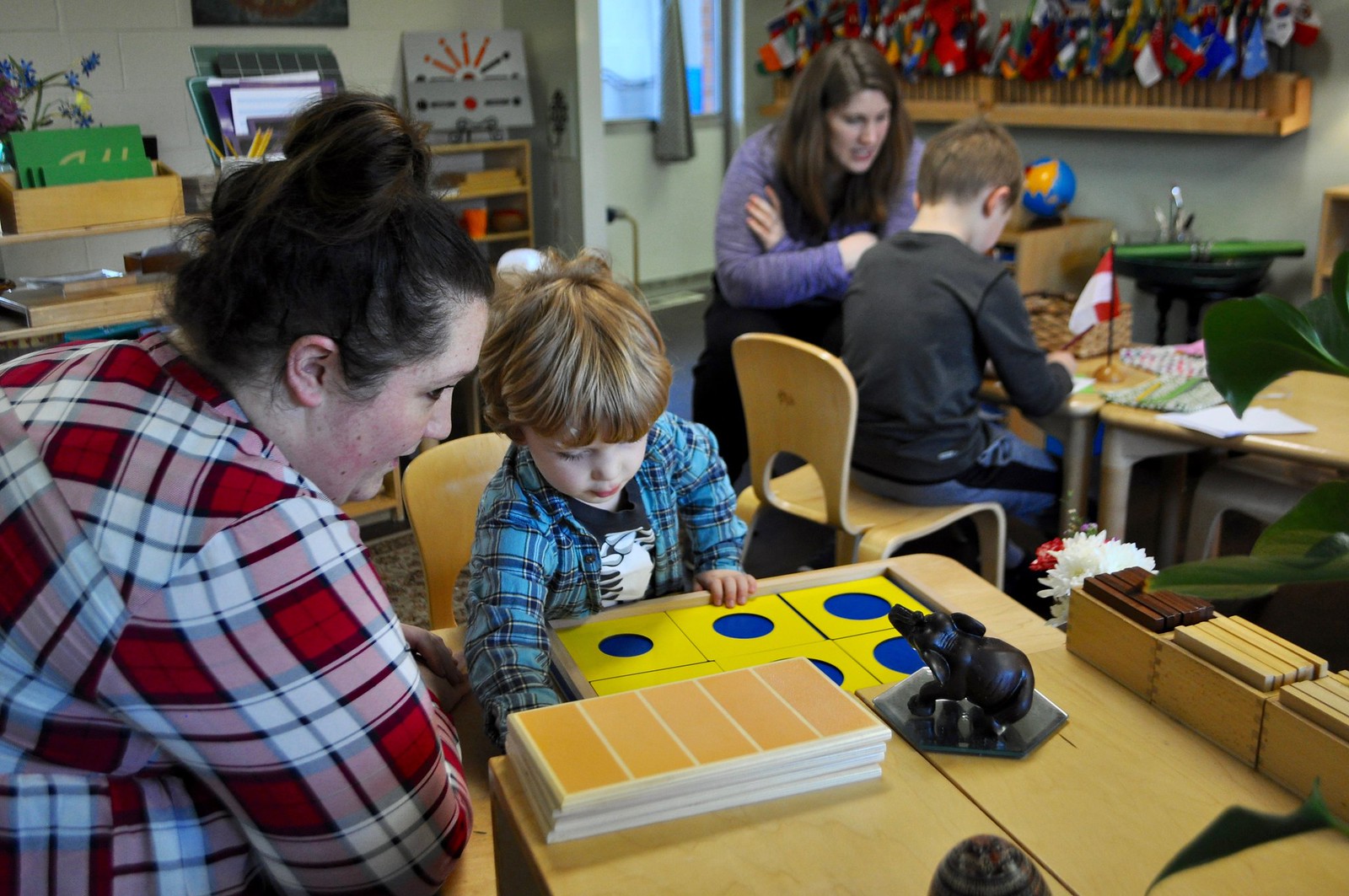 With heavy hearts and joyful memories, we pay tribute to the life of Nathan Jatcko, beloved music teacher who accompanied and directed the Villa di Maria children in many musical endeavors, in addition to being held in high esteem among the St. Louis jazz community. Tragically, Nathan, who was 31, took his own life in early January. A lovely tribute by Upper Elementary Guide Rebecca Callendar and the Upper Elementary children, below.
With heavy hearts and joyful memories, we pay tribute to the life of Nathan Jatcko, beloved music teacher who accompanied and directed the Villa di Maria children in many musical endeavors, in addition to being held in high esteem among the St. Louis jazz community. Tragically, Nathan, who was 31, took his own life in early January. A lovely tribute by Upper Elementary Guide Rebecca Callendar and the Upper Elementary children, below. 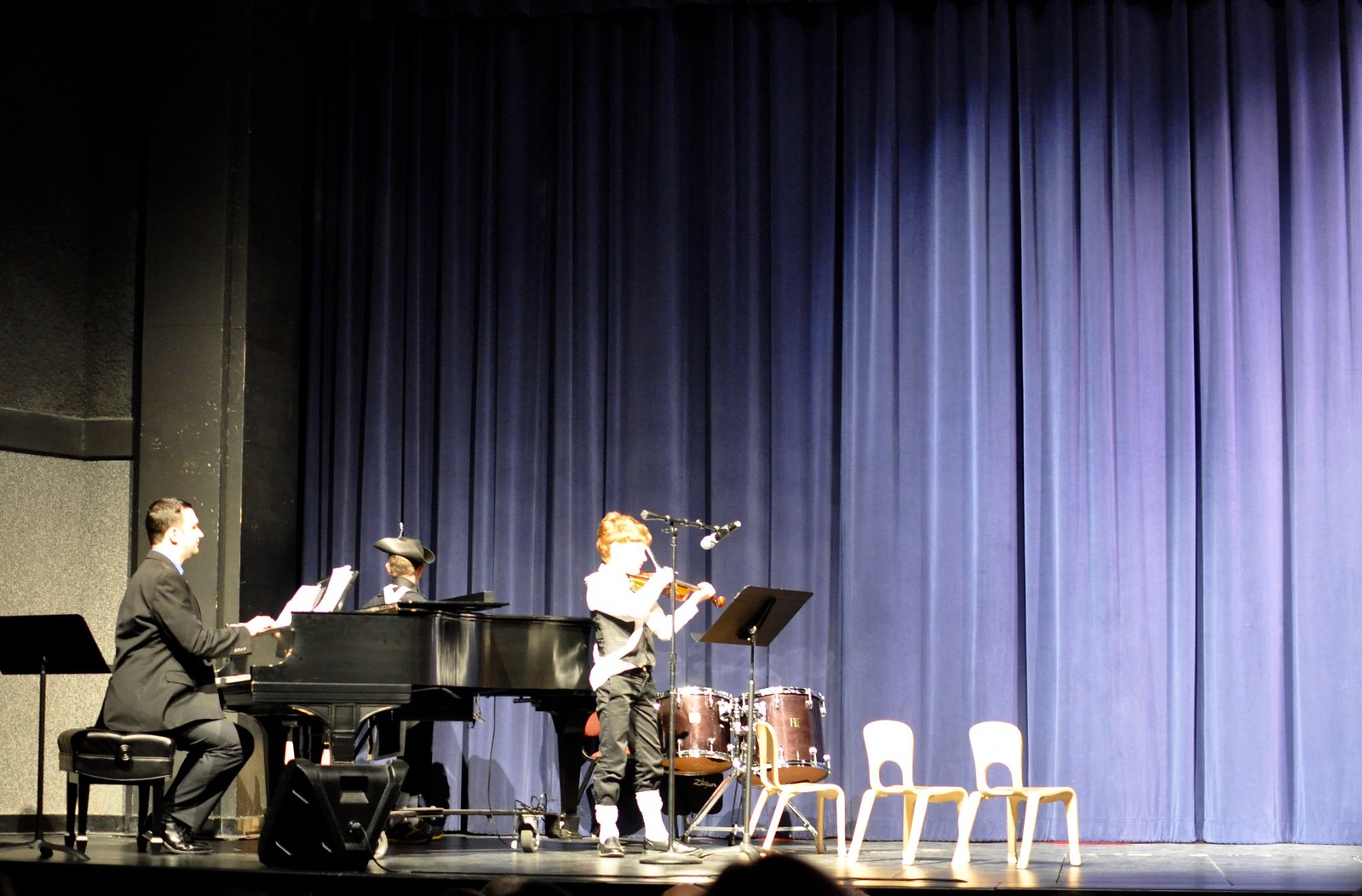 Nathan was a jazz and rock pianist, in addition to being (in his words) a "lover of good food, good books, traveling, and of course, great music." He played with several bands, varying in genre from jazz, to soul, to funk, to indie, to progressive rock. A native of the St. Louis area, he enjoyed the artists and musicians in the local scene, and was proud to share his original music. His talent and love for music could not be denied. To Villa di Maria, he was a source of musical inspiration both through his raw talent and also through the many ways in which he engaged the children.
Nathan was a jazz and rock pianist, in addition to being (in his words) a "lover of good food, good books, traveling, and of course, great music." He played with several bands, varying in genre from jazz, to soul, to funk, to indie, to progressive rock. A native of the St. Louis area, he enjoyed the artists and musicians in the local scene, and was proud to share his original music. His talent and love for music could not be denied. To Villa di Maria, he was a source of musical inspiration both through his raw talent and also through the many ways in which he engaged the children. 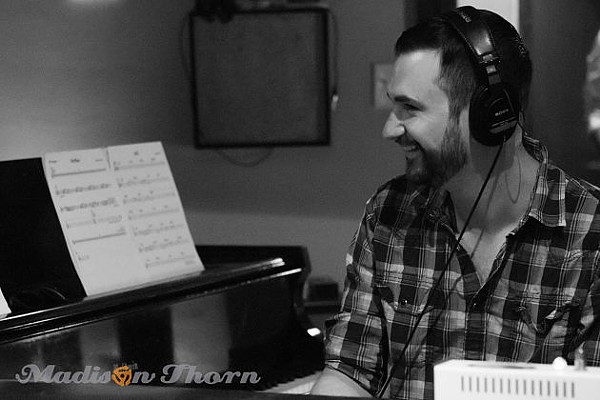 Rebecca Callendar shares her thoughts below."I must preface my thoughts on Nathan by saying that we have had several wonderful accompanists at Villa, who each brought something special to our elementary students. That being said, what a gift it was to have had Nathan Jatcko, our beloved Mr. Nathan, in our lives at Villa. During our all-too-short time with Nathan, we accomplished so many things. We wrote two musicals from scratch, sang numerous songs, and worked on theory and music history. He helped enrich our knowledge of music, exposed us to a level of skill and expertise unheard of for most elementary school programs, and, through example, showed us that music can be an integral part of everyone’s life. He was a collaborator, a mentor, and a friend."When I first met Nathan, we were auditioning pianists, requesting that they play warm-up exercises and sight-read music from our current regimen of songs: The Element Song, Animal Beatbox, Happy, and If I Only Had a Brain. It wasn’t going well. Nathan whisks in, donning newspaper boy hat and clad in his uniform of all-black, sits down at the piano, winks, and says, “I won’t need sheet music”. His fingers begin to masterfully play through each of our songs as if he had been playing them all along. Beautiful sounds emanate from the keys. Jazz, pop, classical, funk, blues, broadway - all were all in his repertoire. Mr. Nathan could play anything and play it well. His skills were so advanced for our needs—indeed, I often wondered why would someone with so much talent and finesse wish to play for our school? But, when I watched him interact with our children, authentically giving himself to our students, it was clear to me how much the students meant to him.
Rebecca Callendar shares her thoughts below."I must preface my thoughts on Nathan by saying that we have had several wonderful accompanists at Villa, who each brought something special to our elementary students. That being said, what a gift it was to have had Nathan Jatcko, our beloved Mr. Nathan, in our lives at Villa. During our all-too-short time with Nathan, we accomplished so many things. We wrote two musicals from scratch, sang numerous songs, and worked on theory and music history. He helped enrich our knowledge of music, exposed us to a level of skill and expertise unheard of for most elementary school programs, and, through example, showed us that music can be an integral part of everyone’s life. He was a collaborator, a mentor, and a friend."When I first met Nathan, we were auditioning pianists, requesting that they play warm-up exercises and sight-read music from our current regimen of songs: The Element Song, Animal Beatbox, Happy, and If I Only Had a Brain. It wasn’t going well. Nathan whisks in, donning newspaper boy hat and clad in his uniform of all-black, sits down at the piano, winks, and says, “I won’t need sheet music”. His fingers begin to masterfully play through each of our songs as if he had been playing them all along. Beautiful sounds emanate from the keys. Jazz, pop, classical, funk, blues, broadway - all were all in his repertoire. Mr. Nathan could play anything and play it well. His skills were so advanced for our needs—indeed, I often wondered why would someone with so much talent and finesse wish to play for our school? But, when I watched him interact with our children, authentically giving himself to our students, it was clear to me how much the students meant to him.
"Nathan went so far beyond what is normally considered in a music class. Sure, we warmed up with scales and breathing exercises, we sang from a diverse and eclectic mix of songs, but where he really excelled was helping the students make the music their own. Make the music themselves. In Spring 2016, when Nathan was offered the chance to play keyboard for the band Pavlov’s Dog in Germany, he felt torn. He communicated that, second to leaving his family, his greatest sadness was leaving our students. He truly meant it. And then, one Tuesday, he saunters in before class, again clad in derby hat and all-black, and declares, “I think that the kids can play the music for the Spring Concert themselves. I’ll separate out the instrument parts and we’ll see who’s interested and can go from there. It’s going to be great.” I was not so sure, having strong reservations as to how 9-12 year-olds could play 6 songs, one of them being “Space Oddity” by David Bowie. And, in addition, in true Nathan form, he wanted any child interested to be able to participate in playing an instrument regardless of musical background (this, by the way, is also where our school’s peculiar attachment to the cowbell began). Needless to say, after hours of practice time, where Nathan devoted extra hours to rehearsal, the students were amazing. Each one of them felt so accomplished and proud of the work we had done as a class. In an email he sent to the students from Germany on the final rehearsal before the show, you could feel his affection and level of devotion to our children—he called them all musicians and meant it.
I am really going to miss him. He was wonderful to work with—funny, kind, and creative—and was always ready for a new adventure in music. He always had some anecdote to share from his life and was a great conversationalist. He seemed to identify with our kids, relate to them as if one of them, all the while still maintaining his authority with them. He was a Montessorian without even knowing it.
I will tell you that the children are feeling his loss very deeply right now. Our normally buzzing room was silent and still for nearly five minutes just two weeks ago when the news came and demanded a conversation in our room. It wasn’t easy to say goodbye—the children had so many questions, so many unanswered questions. What I can say though, is that each child in our room who knew Nathan had a very direct connection to him and knew they were loved by him and will also miss him greatly.
As a remembrance of him and for how he helped take our children from what’s expected to what’s possible, we are recording our first song which set the "Mr. Nathan standard" for our Villa music program. We are dedicating Space Oddity in his memory. While lyrically haunting in this context, I change the final lyric to “Planet Earth is blue and there’s something I can do,” to reflect that, just as Mr. Nathan taught us, in the world of music, and perhaps life, there is always something we can do.”
Below you will find a copy of the letter Mr. Nathan wrote to the children in Spring of 2016 to the children, which we read before the show:
Hello! <arm wave in circular motion>
I, Nathan Jatcko, am not actually here, this is actually <your name> speaking, reading an email that I, Nathan Jatcko, but not really Nathan Jatcko, sent to communicate to you some vital information before you take to the stage.
I am immensely proud of each and every one of you. We all worked really hard to try something different this year. We listened to a lot of music, talked about a lot of music, and now, you’re about to play…a lot of music. It takes an entire village to do something like this, and you have a strong, hard-working, bright, and above all, respectful village. You were all in this together, and tonight it all pays off in the form of a concert. Some of you are about to experience something totally new in that you are playing in a band, and some of you have never sung with a live band in concert. The most important thing to remember is this: Have fun playing together. It’s playing, yes, the singing too. You did the work part already. Now it’s time to open up your ears, listen to each other, and play WITH each other. You’ve all come so far, and you have impressed me so much. Rock the house, folks.
Lastly, I regret not being here. I’m sorry that the nature of being a musician is that sometimes you have to be many places at once, which, of course, isn’t possible. My heart is with you all as I’ll be somewhere over the north Atlantic, sitting in a large tin can with wings, eating what might as well be powdered food.
Have a great show, my friends!
<cross arms across chest>
End communication.
Within the Villa di Maria community, Upper Elementary students share what they remember and loved about Nathan."I liked it when he was like, Helllllooooooo! (child waves one arm above her in an arc). He also quieted us by using the composer's way to stop music. And it worked!""He was really nice. He had such a friendly smile!'"He taught us so many new cool songs, like Rag Tag songs we had never heard before! He was so good at playing the piano.""He helped us sing by doing vocal exercises. He helped all the band members learn their parts. He helped all the dancers learn their dances. One time I tripped and he caught me in mid air!""Mr. Nathan was super kind. Whenever we were sad, he would check in on us. Like when I couldn't get my part right, I kind of felt bad about it, but he said that happens to him all the time. He helped me, made me feel really good.""I remember how Mr. Nathan would always say 'strong and wrong,' which means he would rather us be loud and wrong than quiet and unsure. And he was the first person to teach me an instrument. He taught me the cowbell, and before, I had never even heard of it. He wanted everyone to play. He was really kind, really funny.""I've known Mr. Nathan since Primary. He was really awesome. Every time he came in, he taught us new songs and he made us feel really happy. I really liked him. He was just so happy and vibrant all the time. I remember when we would sing, he would tell us to pull the imaginary string on our heads, so we would pull the string and smile.""Mr. Nathan really helped me with a lot of piano. I've been playing since I was four, but he really worked with me. He was a really happy and funny guy.""Last year we'd have music right after recess, we would come into the room and Mr. Nathan would be ready to play piano with us. Once everyone was in the room, he would say, 'Stand up!' and everyone would scream, 'Noooo!' but he taught us that if we were sitting down, we wouldn't project our voices as loudly. He taught us so much. Like when you want to sing high, you have to raise your eyebrows. He was a really nice guy, jolly, great. He was an incredible musician too.""I think he was a really nice guy. In St. Louis, they knew Mr. Nathan as a really good musician. But we got to know another side to him. He was really devoted.""One of the things I liked most about Mr. Nathan was how positive he was. Everyone was always super tired from P.E., but he just went with it and made us feel better. He made everyone smile, he tried his best. He didn't care how good you were at singing, he just wanted you to be a part of the music. He just accepted us how we were.""Mr. Nathan made everything funny instead of boring.""Mr. Nathan knew how to encourage people in a very fun way. He was so nice to us too.""He sort of was the guy who made me laugh all the time. He was never mad at us. One time he kept making us do this voice exercise faster and faster. It was awesome. I can't believe he's gone. I'm really going to miss him.""I wish he was still here. I really appreciated him.""There were so many times that Mr. Nathan helped people. He really helped my sister a lot with her solo. It's hard to know that he's gone. It's hard to understand. As soon as I heard it, I just broke out in tears.""I loved that Mr. Nathan played Charlie Brown and different types of music to cheer us up. He was really upbeat. I love that he used to wave his arms really big when he said hello. It's so sad that he's gone. We miss him. Sometimes I think about how sad it would be to be his sister. My mom said that if you explain how sad you are, and how much he meant to you, it can make the other people who loved him feel better.""I wish he could have told us he was sad. Maybe through a song or something. Maybe we could have helped him if he told us he was sad. It was hard to see that he was sad, because when he was with us he was so joyful."Of Nathan's impact on Villa di Maria, Head of School Laura Ceretti-Michelman remembers: "Nathan's passion for music was abundantly evident even to someone like me who casually passed through the environment while he was working with the children. I appreciated not only the depth and breadth of his knowledge, but how he was willing to take on any challenge. More importantly, I appreciated that he knew our children were musically capable of so much more than they expected. If a child had never played an instrument but wanted to be a part of the band accompanying a performance, no problem. No experience reading music? No worries, even if the child wanted to help write a score for a play. Nathan knew how to bring out the best in our children and he was the catalyst for taking our Upper Elementary originals to the next level. I am grateful that many children had the privilege of working with the talented Mr. Nathan. Nathan is irreplaceable. He was adored and his absence is felt deeply."Nathan, who grew up in Highland and studied music at Southern Illinois University Edwardsville, played with many bands, including the popular local band (which has since disbanded) Kentucky Knife Fight. Read more about Nathan's life and work here.
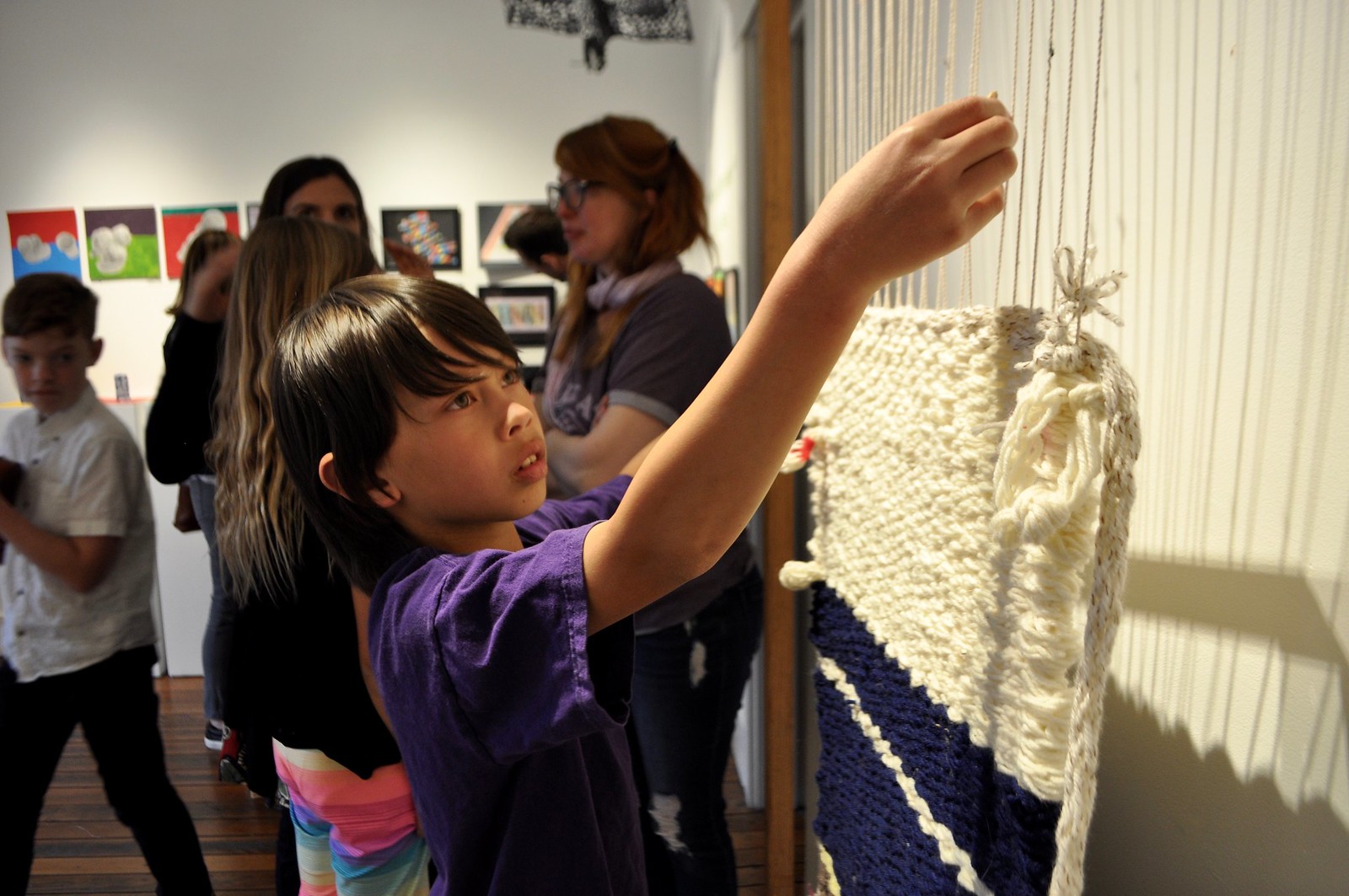 At Villa di Maria's student art show a couple of weekends ago, no one could miss the huge loom and woven art that was presented just opposite the front door of Reese Gallery. This student-made work-in-progress was born organically within the Montessori classroom. Find out how, below.
At Villa di Maria's student art show a couple of weekends ago, no one could miss the huge loom and woven art that was presented just opposite the front door of Reese Gallery. This student-made work-in-progress was born organically within the Montessori classroom. Find out how, below.  Look closely, and you may recognize the long looping patterns in this basket; they are from hours and hours of finger-knitting, the hand work that has been so popular during read-aloud in the Elementary classrooms.
Look closely, and you may recognize the long looping patterns in this basket; they are from hours and hours of finger-knitting, the hand work that has been so popular during read-aloud in the Elementary classrooms. After this child brought home (and added to) miles of finger-knitting, it ended up piled into a large basket in his home. Wondering what they could do with it all (and perhaps considering more than once pitching it all out), the family collaborated with Upper Elementary Guide Rebecca Callendar, who had access to a giant loom, and together, they came up with the idea of hand-looming a textile out of the materials.
After this child brought home (and added to) miles of finger-knitting, it ended up piled into a large basket in his home. Wondering what they could do with it all (and perhaps considering more than once pitching it all out), the family collaborated with Upper Elementary Guide Rebecca Callendar, who had access to a giant loom, and together, they came up with the idea of hand-looming a textile out of the materials. The child worked on his textile art in the large common space in the Elementary building before transferring it to the gallery for the show. There, he gave a demonstration on the process of weaving such a large project, which observers thoroughly enjoyed!
The child worked on his textile art in the large common space in the Elementary building before transferring it to the gallery for the show. There, he gave a demonstration on the process of weaving such a large project, which observers thoroughly enjoyed!

 We continue to be inspired by and impressed with the process and direction that this open and curious form of education brings to us, our families, and our community. Thank you for sharing your work, Hank! We can't wait to see how it all turns out!
We continue to be inspired by and impressed with the process and direction that this open and curious form of education brings to us, our families, and our community. Thank you for sharing your work, Hank! We can't wait to see how it all turns out!





















































